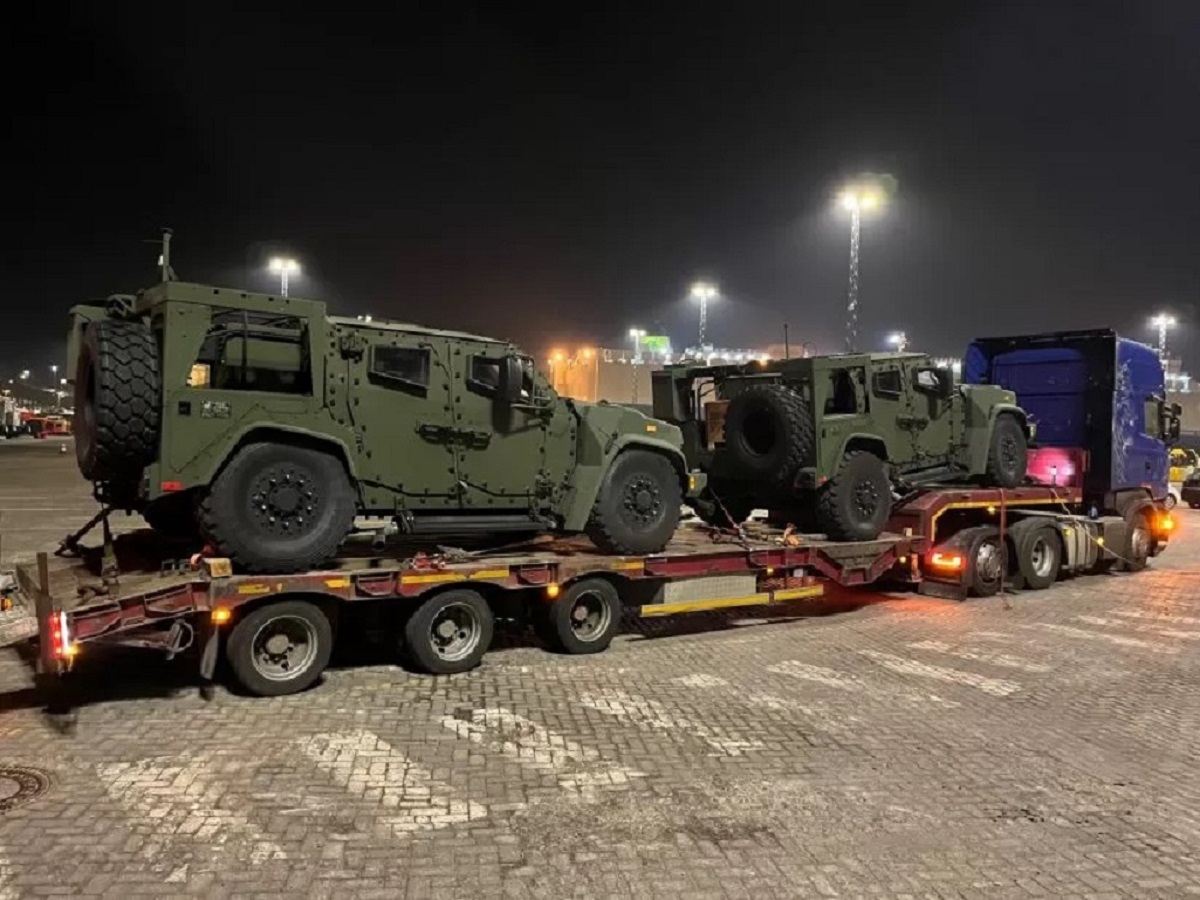The Ministry of National Defence has begun the second stage of JLTV (Joint Light Tactical Vehicle) acquisition. The first shipment of the second stage including 35 JLTVs arrived in Lithuania this week. JLTV acquisition began in 2019 with the signature of a contract between the Ministry of National Defence and the U.S. Government. The first phase of it was completed last year with a 200 JLTV delivery to Lithuania. The second contract on another 300 Oshkosh Defense vehicles with spares, weaponry and tools was signed 2022. When it is completed, Lithuanian Army will have 500 pieces of the most modern light tactical vehicles in the world.
“Acquisition of the JLTVs from the United States is one of the most important steps of the Lithuanian Armed Forces modernization. Stronger Lithuanian Armed Forces is a significant contribution to a better deterrence,” says Minister of National Defence Arvydas Anušauskas.

The Joint Light Tactical Vehicle (JLTV) is a U.S. Army, U.S. Marine Corps and Special Operations Command program to partially replace the Humvee fleet with a family of more survivable vehicles having a greater payload. Early studies for the JLTV program were approved in 2006. The JLTV program incorporates lessons learned from the earlier Future Tactical Truck Systems program and other associated efforts. Oshkosh’s L-ATV was selected as the winner of the JLTV program in August 2015 and awarded an initial production contract for up to 16,901 JLTVs. The U.S. Army approved the JLTV for full-rate production in June 2019.
The JLTVs is a superb crew protection system. The advanced vehicles also ensure effective surveillance, protection in artillery and air support operations. The purchase not only enhances the Lithuanian Armed Forces capabilities abut also build on the Lithuanian-U.S. force interoperability. The variant selected by Lithuania is the M1278A1 with the main equipment being the M153 CROWS v2 remote weapon station. This weapon station is equipped with the M2 QCB50 machine gun and a M230 TacFLIR multisensor systems. The first ones were given to the Lithuanian army’s training units in Rukla and Kazl? R?da, where several dozen drivers and 15 mechanics have been trained so far.















